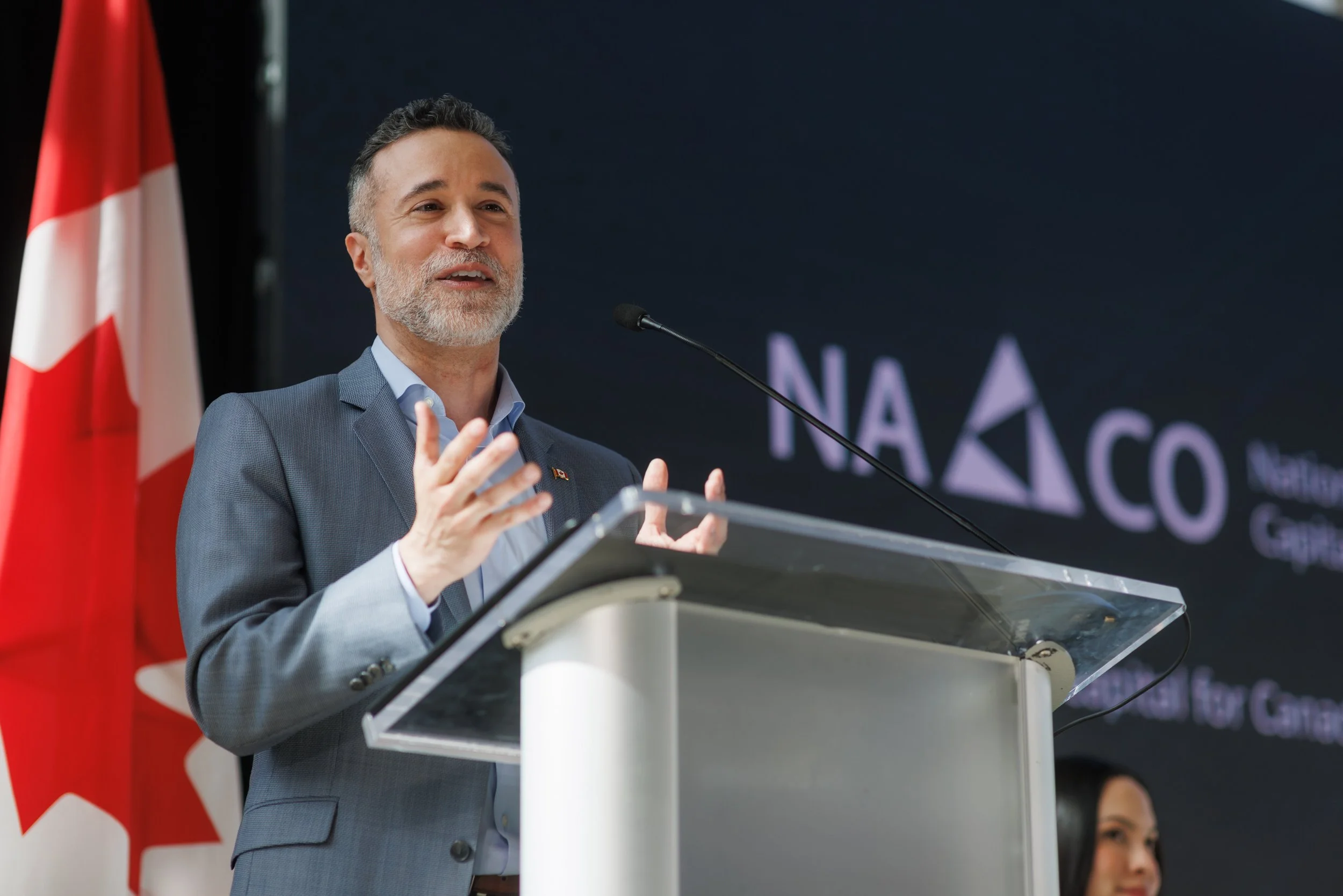NACO CEO: A Canadian innovation pipeline is there for the building
‘Without strong early-stage infrastructure, later-stage investments can’t reach their full potential,’ says Claudio Rojas, CEO of the National Angel Capital Organization. / NACO PHOTO
The innovation economy is foundational to Canada’s future prosperity and the federal government’s recently tabled budget marks a significant “step forward” in recognizing that, says Claudio Rojas, CEO of the National Angel Capital Organization (NACO)
“The innovation economy is not a sector. It is foundational to this country's economic prosperity and sovereignty at all levels,” Rojas said in an interview with Means & Ways. “The budget represents a major step forward in recognizing that early stage capital and networks are core to the innovation infrastructure and the entire pipeline of capital that's needed to build global champions.”
He said he was encouraged by the government’s plan to catalyze $500 billion in private investment over five years — an ambition RBC Economics estimates could boost GDP by 3.5% by 2030 and improve the fiscal balance by $7 billion annually.
“The ambition is highly achievable, given all the advantages that we have as a country,” Rojas said. “We have a highly talented and capable workforce, a highly educated population, deep pools of capital, and a proven track record of our entrepreneurs in creating world-class technologies and companies.”
Shopify, Cohere examples
Rojas highlighted the government’s $750 million commitment to early-stage capital and networks as “critical” to Canada’s innovation pipeline. “Quite often what can be missed is the role of the early stage in creating these later-stage success stories,” he said. “Early-stage entrepreneurs and startups depend on the capital and the networks early in their journey.”
He pointed to examples such as Shopify and Cohere — both initially backed by angel investors — as proof of how early support can “fuel what eventually becomes large, multi-billion-dollar economic engines of progress.”
According to Rojas, the budget demonstrates a “sophisticated understanding” of how innovation ecosystems function, describing the government’s approach as an “end-to-end solution.”
The budget provides $1 billion on a cash basis over three years, starting in 2026-27, for the Business Development Bank of Canada to launch the Venture and Growth Capital Catalyst Initiative. The “fund-of-funds” aims to leverage private venture capital by incentivising pension funds and other institutional investors to participate. The initiative will also support new and emerging fund managers and sectors such as life sciences, according to budget documents.
This approach will strengthen Canada’s competitiveness. “Without strong early-stage infrastructure, later-stage investments can’t reach their full potential,” Rojas said.
It will help mobilize later stage capital so VC-backed ventures can reach the growth and pre-IPO stages, while giving pension funds a more meaningful role in the innovation pipeline. “At the earlier stage, that $750 million will be quite powerful in ensuring that the pipeline is robust, and that companies at the early stage have the momentum that's necessary to move through the pipeline in a meaningful way. So we see this approach is aligning with NACO’s vision of fueling a nation of builders.”
While Rojas called the budget “very bold,” and one that should be applauded, he warned of lingering vulnerabilities in Canada’s innovation ecosystem, including a dependence on foreign investors. “More than 70% of venture capital comes from outside of the country, and then some of our most promising technologies are at greater risk of early acquisition or moving south of the border.”
Mobilize local capital
To counter that trend, Rojas emphasized the need to “mobilize domestic and local capital” so founders can “stay local and grow a national success story that becomes global.”
On the government’s pledge to double down on artificial intelligence, Rojas said the new capital measures could help Canadian founders spend less time chasing funding and more time building their companies.
“When a founder spends too much time chasing capital, it weakens the foundations of the company,” he explained. “By increasing the level of infrastructure support at the earliest stage, we’re going to see a doubling down that comes by private sector investment.”
Asked whether Canadians remain too risk-averse, Rojas acknowledged that “there is, historically, a cultural dimension to our risk aversion that runs deep.” But he noted that this is changing.
“I believe that we’ve hit an inflection point as it relates to patriotism,” he said. “When patriotism is high, there’s a greater capacity for risk-taking at that cultural level. Combined with a business case that rewards risk through tax incentives and capital flow, it’s a very powerful mixture that can drive prosperity in a meaningful way.”
When asked about whether the government has done enough for businesses and it’s simply time for the private sector to step up and invest, Rojas said the two need to work together. He suggested a simple way to think about it is having roadways, plumbing and electricity for store front owners who can then attract customers to buy their products.
“A lot of small businesses, a cafe, dry cleaners, they wouldn't be able to transact. They wouldn't be able to do what they do well, if we didn't have that basic infrastructure. … So in the digital economy, the infrastructure has not been in place. And with the $750 million commitment, there's a recognition that we need infrastructure at that early stage so that private capital can participate and support these entrepreneurs. They don't set up stores, but they are building companies. And what we need is the infrastructure, which is primarily networks, so that they have access to the investors.”






